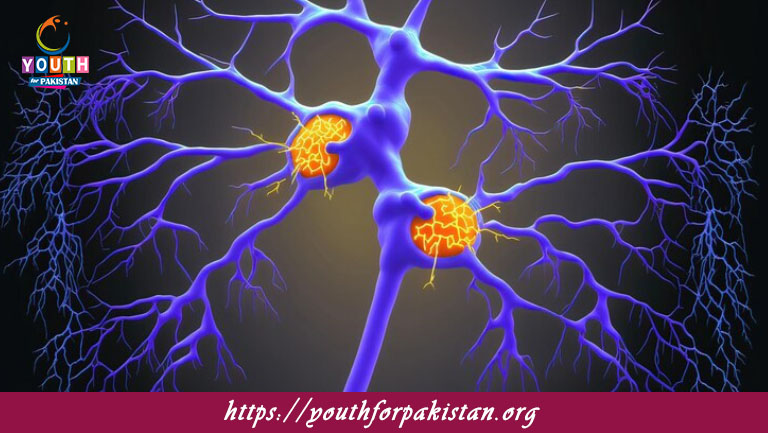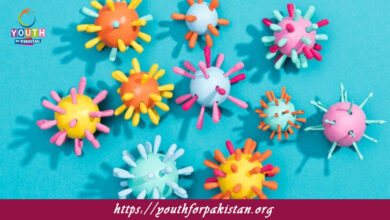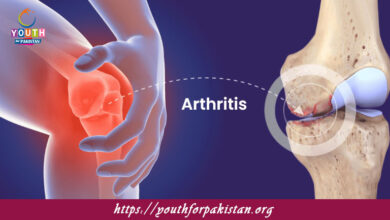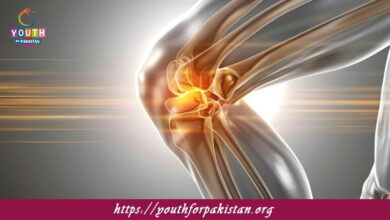Steps Involved In Nervous Coordination MDCAT Quiz with Answers

The Steps Involved In Nervous Coordination MDCAT Quiz provides a proper overview of what procedure the nervous system follows to coordinate functions within the body. Nervous coordination allows for all functioning, from involuntary basic reflex movements to complex behaviors like voluntary movement or cognitive processes in humans. A student studying for MDCAT should be able to understand the signal transmission capability of the nervous system within the parts of the body so that nerves respond in time to provide the exact output needed. These stages of nervous coordination include stimulus detection, signal transmission, and the response of the body.
Understanding Nervous Coordination
Nervous coordination starts when a stimulus is detected by sensory receptors, which are specialized cells that respond to various types of stimuli such as light, sound, or pressure. Once the stimulus is detected, sensory neurons transmit electrical signals to the CNS. The CNS processes the information and sends appropriate responses through motor neurons to effect a reaction. This chain of events is vital in sustaining the body’s homeostasis and allows organisms to react to alterations in their surroundings in an effective way. MDCAT students must have a sound grasp of these steps as they constitute the very essence of neurobiology and physiology courses.
The Function of Synapses in Nervous Coordination
One of the important functions of nervous coordination is the role of synapses, which are the junctions between neurons where communication occurs. When an electrical impulse reaches the end of a neuron, it triggers the release of neurotransmitters that cross the synaptic gap and bind to receptors on the next neuron. This process ensures that a signal is transacted to the following neuron so that information can be continued to flow across the nervous system. For MDCAT students, it is important to know the mechanism of synapses since they constitute part of the course through which nerve impulses travel and coordinate body functions.
MDCAT Practice Quiz
This MDCAT quiz for MDCAT candidates tests the knowledge of nervous coordination with a vast range of questions that involve intricate details related to the process. This will test your understanding of the sensory, integrative, and motor components involved in nervous coordination and also the role of synapses in conducting signals. By attempting this quiz, MDCAT students will be able to judge their level of preparation and enhance their knowledge to face the exam with full preparation.
Free Flashcard
Using free flashcards can be a convenient way of making the learning process of the steps involved in nervous coordination easy. These flashcards will enable the students to easily recall the main steps of nervous coordination, including the sensory input, neural processing, and motor output. Flashcards help MDCAT aspirants solidify their memory by practicing these with the knowledge that nervous signals are processed and transmitted throughout the body. These flashcards will thus help students prepare for the exam more efficiently by practicing them on a regular basis.
Experience the real exam environment with our expertly designed collection of over 25,000 MCQs MDCAT Mock Tests.






